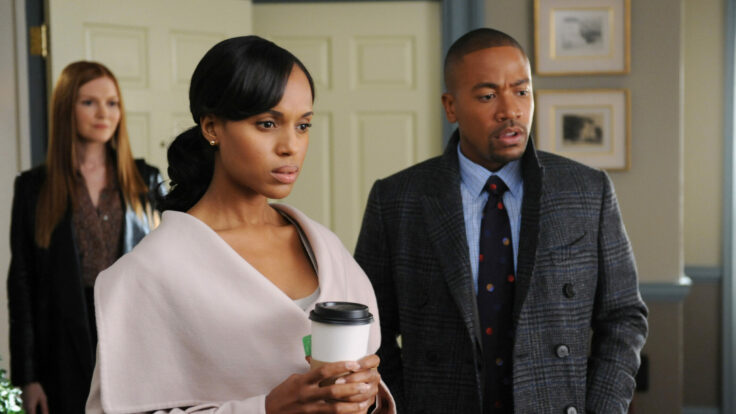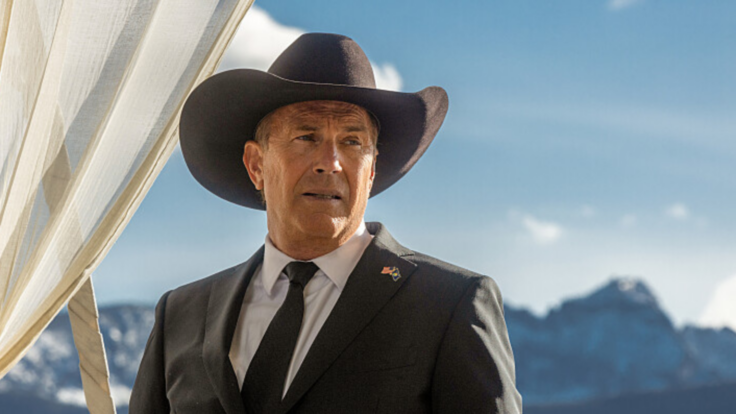On his very first day as the C.E.O. of the finally-combined Warner Bros. Discovery—a mammoth public entity that includes the famous studio, HBO, the Turner assets and much more—David Zaslav flew to Washington to spend the majority of his day with the incoming CNN President Chris Licht and various network talent and producers. CNN is hardly the most significant asset in Zaslav’s $63 billion portfolio, and yet after all the network has been through in the last three months—the sudden and dramatic ouster of former president Jeff Zucker, the angst and uncertainty surrounding the flaccid launch of CNN+, the devastating war in Ukraine, which CNN has covered with dignified aplomb—you can understand why he may have felt the need to take a gut check and steady frayed nerves. The visit, which included a tour of the bureau and several meet-and-greets with producers and talent, culminated with a dinner at Charlie Palmer Steakhouse hosted by Zaslav and Licht and attended by a familiar stable of top CNN talent—Wolf Blitzer, Chris Wallace, Dana Bash—as well as Discovery C.O.O. David Leavy.
Monday’s agenda also included multiple meetings about the future of CNN+, the $300-million-a-year streaming service that already faces an uncertain future less than two weeks after its launch. Axios’ Sara Fischer reported this week that Zaslav intends to dramatically cut that investment, due in part to lackluster growth out of the gate. Whether the early adoption numbers are embarrassing or survivable is a matter of some opinion. Reliable network sources tell me that CNN+ has between 100,000 to 150,000 subscribers. That’s not quite Quibi territory, but the haul presumably includes many heavily discounted subs with lower lifetime values and higher churn rates. (A recent CNBC report stated CNN+ has fewer than 10,000 daily active users, but at this point that’s a fairly useless metric for a two-week-old product.) According to these sources, the platform is still very much on target to reach its modest goal of two million annual subscribers in its first year. But at what cost?

















